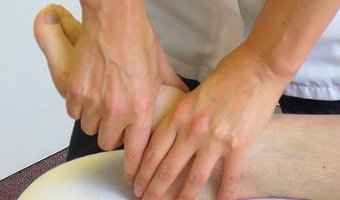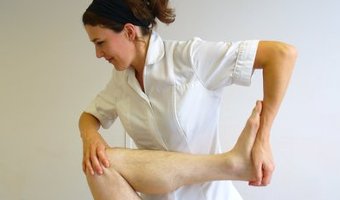Getting ready for the gardening season
Given that I treat quite a number of patients who enjoy gardening or would like to start gardening, I thought it would be worth recapping on how to keep injury free:
- always warm up and do cool down stretches before and after gardening. 5 minutes of stretching after gardening and a warm bath really help prevent stiffness the next day
- try not to completely blitz the garden in one go – pace yourself by doing jobs little and often rather than biting off more than you can chew
- vary your activities from raking and digging to sowing and potting to give your muscles and joints time to rest and to engage different muscle groups
- Always lift objects with a straight back and bent legs
- Clear as you go rather than creating a big pile of leaves or similar and trying to lift it all in one go at the end of the day
- Get the right tools – for example, long handled pruners and forks will reduce the chance of injury
- Listen to your back and stop for a break regularly – you wouldn’t do 5 hours solid in the gym so why would you expect not to get injured if you did the same in your garden!
Pre-gardening season exercises
- Strengthening your hamstrings and buttocks is a good idea to prepare for heavy lifting. The bridge exercise is perfect for this so start by lying on your back with your knees bent and feet on the floor. Arch your back and gently push your pelvis up towards the ceiling. Hold for a few seconds and then return your buttocks to the floor. Repeat two sets of 15 times twice a day.
- Strengthen your arms for digging and raking by doing biceps curls (a weight in your hand, take your wrist towards your shoulder) and triceps extensions (same weight in your hand held at 90 degrees, take the hand backwards and straighten and extend the arm behind you a little) Repeat two sets of 15 times twice a day.
- Squatting exercises strengthen the buttock muscles and those on the front of the thighs and are great to prepare you for planting and other jobs round the garden
- Core strengthening exercises such as the plank exercise will keep you supple for the rotating involved in raking and digging. For the plank, simply lie down on your front, then come up onto your elbows and either knees or toes to create a ‘plank’ with your body. Try not to let your pelvis drop below the level of your upper back. Hold this for a minute if you can.
Seek advice – if you do become symptomatic with back pain or similar and it doesn’t ease within a few days, do get an Osteopath to check it out.







